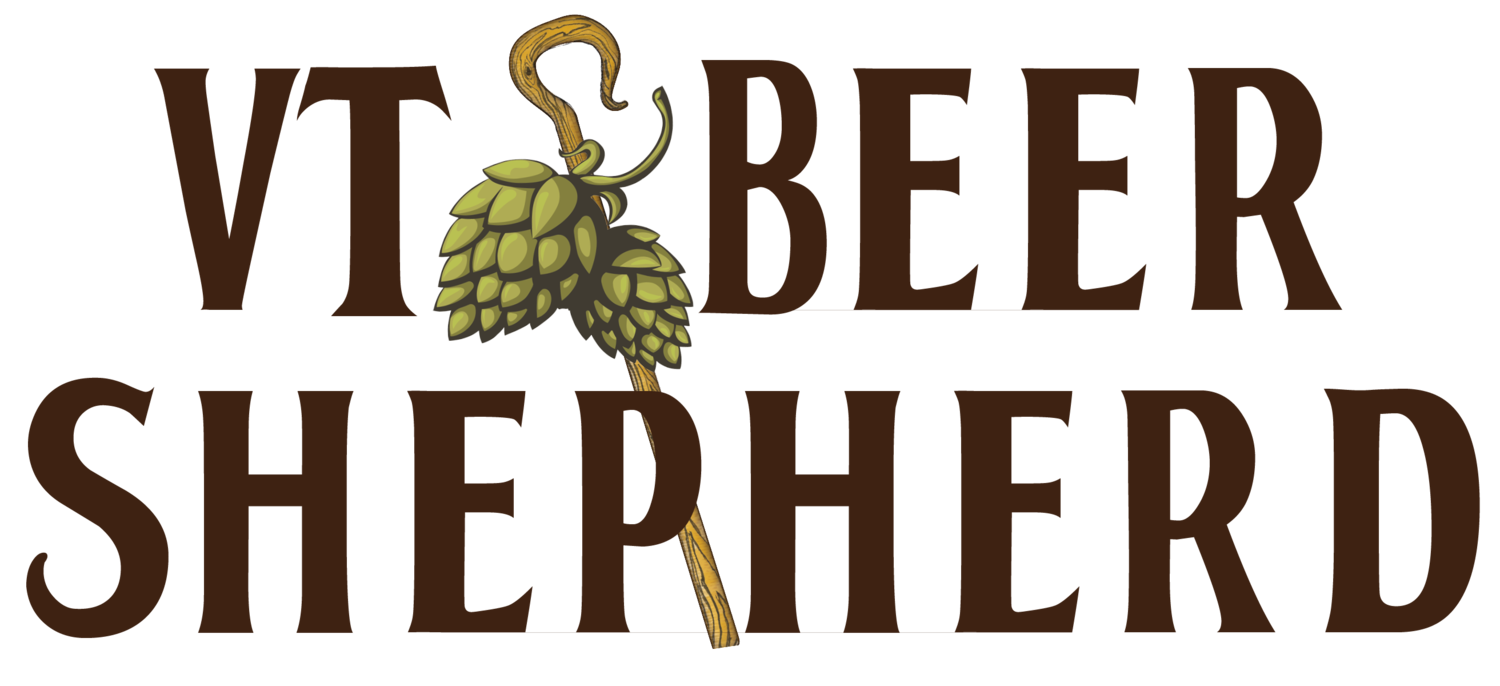Joseph Swan:'The Rodfather'
By David Keck
We’ve posted about the great wines of Joseph Swan Vineyards and what we’ve already brought to Vermont. Last Thursday, we were able to visit Rod and Lynne out in Sonoma at the famous ‘tin shed’ in which Joe Swan began making wines so long ago. We tasted some fun new projects, had the opportunity to learn more about how things work on the ground level at Joseph Swan!
Lauren and I walked onto the property on a beautiful, sunny, Spring day in the Russian River Valley, to the sound of birds and someone mowing vineyards nearby. What started as potentially an early year for the Sonoma vineyards has evened out and the vines seem to be about on schedule. For those of us seeing budbreak just now in the hills of Vermont, it was amazing to see these old vines leafed out so thoroughly and very much ‘in’ the growing season.
I’d texted Rod that we were rolling in, and as Cody (winery assistant for the past 15 years) brought us some of the rare and delicious Swan Gewurztraminer to sip on while we waited, Lauren and I stared down at the gnarly and beautiful Syrah vines on the Trenton Estate Vineyard that starts at the foot of the winery and turns to Pinot Noir as it rolls across the subsequent two hills. The winery itself is as understated as their producer—Joe Swan famously called it the ‘tin shed.’ As stated on the Swan webpage: Joe wasn't interested in fancy buildings, formal gardens, and other fancy trappings, he only wanted a safe, secure place to make wine.
We’d sat for only a minute when Rod came walking out of the winery, with a fair amount more hair than the last time I saw him—COVID hair being Rockstar hair for the ‘Rodfather.’ After exchanging the usual pleasantries, Rod said ‘I think I need a glass, I don’t taste the Gewurz very often and I really like it.’ And so did we—Gewurztraminer can so frequently be overly-rich, too-aromatic, and off-dry, but Rod makes a clean, rich, but dry and beautiful example of this grape variety.
We talked some business, some about the horrible smoke damage that they saw in 2020 (they produced almost no red wines—and at the risk of digressing, Rod knew that the smoke taint would not manifest for a couple years, but since they hold their wines back, plans on selling it off to bulk), and some about travel and COVID. I always enjoy Rod’s perspective on viticulture and the relationships that they have with growers. On the topic of organics he said—“As soon as we get on our pedestal about it and get certified, then we have a season in which we need to do something to save a crop and everyone points and says what hypocrites we are. We just do the least we possibly can.” We then migrated to see the inside of this ‘tin shed.’
Rod makes wines very simply. Some get skin contact (including at least one ‘orange’ wine, or skin-contact white wine, in each vintage), some don’t, and all of them get gentle treatment and mostly go into used oak barrels. The cellar is full of barrels, demi-johns and carboys for topping up, and lots of bottles from tasting and labeling. They’d been waiting and waiting for glass bottles (a huge issue this year as beer breweries moved to glass with the can shortage, etc.), so bottling and labeling was going full-tilt this week.
Hanging in the winery with Rod means tasting everything that’s open, popping more bottles, and hearing stories of each winery, vineyard, friend, fruit source, while learning more and more history of the Sonoma valley. One bottle we popped and look forward to seeing soon in the 802 was their 2019 Valdiguié.
Rod led with: Joe first made this wine as ‘Gamay’ in 1970. That wine was one of the great wines that this winery (or any in Sonoma) has ever produced, and sells rapidly at high prices if it ever appears at auction. Valdiguié is an interesting grape that is seeing a resurgence in Napa and Sonoma as what was previously known as Napa Gamay is now correctly identified.
It’s not surprising that it was mistaken for Gamay as it is bright, floral, high-toned, and delicious in many similar ways. Just bottled, it should be on a truck heading to VT in the near future.
Lynne showed up as we popped some Kent the Younger Chardonnay—about which followed a long story on that name and the call to Russian River Brewing Company’s Owner after a bottle exchange to say that it was not a reference to their famous Pliny!), and we learned of Rod’s collaboration with long-time friend Mark McWilliams of Arista Winery and appreciated Lynne’s label for the Arista Two Birds Vineyard bottling (it’s three birds, of course!).
Their warmth, welcome, and love of what they do cannot be underestimated. It’s a joy to work with Rod and Lynne, and their wines are a company favorite (we might not buy as much as we sell, but almost!). Look for some new releases in the near future, and don’t hesitate to reach out for information or more wine.
Cheers!



